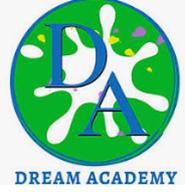




|
|
|
CONTACT 732-281-7122 / 732-423-8052 |
|
COMPUTERS-ASSEMBLY-LANGUAGE |
|
A. Catalog Description
Introduction to machine language and assembly language programming.
Concepts discussed include techniques for encoding data as numbers, instruction set design, and the industry standard numbering schemes. Requires students to practice assembly language programming techniques and develop solutions with assembler programming. B. Additional Information Fluency in a programming language is prerequisite to the study of most areas in the fields of information technology and computer science. While not all information technology and computer science practitioners are required to program, an understanding of the language of computers is essential to designing, troubleshooting, and implementing systems.
Student Learning Outcomes A. Subject Matter Upon successful completion of this course, the student will be able to: 1. Create, compile, execute and debug an assembler program. 2. Design and write a syntactically and semantically correct assembler program. 3. Evaluate and use a subroutine library within an assembler program. 4. Design programs that implement conditional and looping structures within the program. B. University Learning Outcomes This course enhances student abilities in the following areas:
III. Major Course Topics A. Assemblers B. Operation Codes (mnemonics) C. Directives D. Operands and Addresses E. ARM architecture F. Instruction Set G. Addressing Modes H. Data Movement I. Loops J. Strings K. Code Conversion L. Arithmetic M. Tables and List N. The Stack O. Subroutines P. Interrupts and Exceptions |
|
|
|
|
